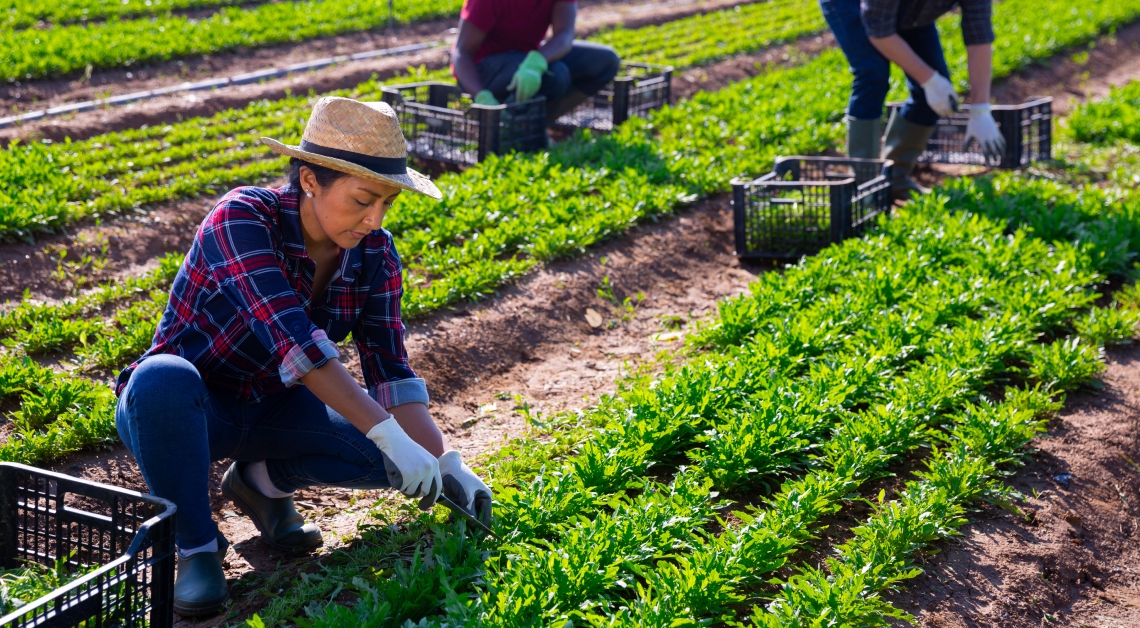9 Reasons Climate-Smart Agriculture Is the Future
Introduction
Our world faces unprecedented agricultural challenges. Farmers worldwide struggle with unpredictable weather, soil degradation, and rising costs. The old ways of farming just aren’t cutting it anymore. We need something better, something smarter.
Traditional farming practices have served us well, but they’re taking a toll on our planet. Heavy water use, soil erosion, and chemical dependence are creating problems we can’t ignore. Farmers are feeling the pinch of rising input costs while dealing with increasingly unpredictable harvests.
Climate-Smart Agriculture (CSA) is changing the game. It’s a fresh approach that helps farmers produce more food while protecting our environment. CSA combines traditional wisdom with modern tech to create farming methods that work with nature, not against it.
At its heart, CSA follows three main ideas: growing more food sustainably, adapting to climate change, and reducing farming’s environmental impact. It’s not just about survival – it’s about thriving in a changing world.
Reason 1: Enhanced Food Security
Meeting the Needs of a Growing Population
By 2050, we’ll need to feed nearly 10 billion people. That’s a lot of mouths to feed. CSA helps farmers produce more food from the same amount of land. For example, farmers in Vietnam using CSA rice farming methods have seen their yields increase by 30%.
These improved yields don’t come at the expense of the environment. Instead, they’re achieved through smarter resource use and better farming practices. The results speak for themselves – more food for more people, produced sustainably.
Stabilizing Yields Amid Climate Uncertainty
Weather patterns are becoming more extreme. CSA helps farmers deal with these challenges. Take drought-resistant corn varieties in Kenya – they’re helping farmers get good harvests even when rain is scarce. These resilient crops are just one way CSA keeps food production stable when weather gets weird.
Reason 2: Improved Resource Efficiency
Optimizing Water Use
Water is precious, and CSA makes every drop count. Drip irrigation systems in India have cut water use by 40% while improving crop yields. Smart sensors tell farmers exactly when and how much to water, eliminating waste.
Modern irrigation methods like sub-surface drip systems deliver water right to plant roots. This targeted approach means less evaporation and fewer weeds. It’s a win-win for farmers and the environment.
Maximizing Land Productivity
CSA keeps soil healthy and productive. In Brazil, farmers mixing crops with trees (agroforestry) are getting more from their land. One acre can now produce corn, beans, and fruit, plus timber for the future.
Healthy soil means better yields and lower input costs. CSA practices like crop rotation and minimal tillage build soil organic matter, improving fertility naturally. These methods help land produce more while requiring less artificial input.
Reason 3: Mitigation of Greenhouse Gas Emissions
Reducing Carbon Footprints in Agriculture
Agriculture contributes significantly to greenhouse gas emissions, but CSA offers solutions. Solar-powered irrigation pumps replace diesel engines. Electric farm vehicles are becoming more common. These changes cut emissions while saving farmers money on fuel.
Modern livestock management reduces methane emissions through better feed and waste handling. Precision fertilizer application cuts nitrous oxide emissions. Small changes add up to big environmental benefits.
Sequestration of Carbon in Soil
Soil can store massive amounts of carbon when managed properly. Cover crops keep soil covered year-round, pulling carbon from the air. No-till farming prevents carbon release from soil disturbance.
These practices improve soil health while fighting climate change. One acre of well-managed farmland can store several tons of carbon. That’s like taking cars off the road while growing more food.
Reason 4: Adaptation to Climate Change
Building Resilient Farming Systems
CSA helps farms weather any storm – literally. Diverse crop varieties spread risk. Better soil management helps fields drain excess water and hold moisture during dry spells.
Farmers using CSA adapt their practices based on weather forecasts and soil conditions. This flexibility helps them avoid losses from extreme weather events. It’s about being prepared, not just reactive.
Diversifying Crops and Livelihoods
Growing different crops provides insurance against crop failure. If one crop struggles, others can compensate. This approach helps farmers maintain steady income throughout the year.
Mixed farming systems combine crops, livestock, and sometimes fish farming. This integration creates multiple income streams and uses resources more efficiently. It’s a practical way to reduce risk while increasing farm productivity.
Reason 5: Support for Biodiversity
Protecting Ecosystems Through CSA
Healthy farms need healthy ecosystems. CSA practices create habitat for beneficial insects and wildlife. Natural pest control reduces the need for pesticides. Pollinator-friendly farming ensures better crop yields.
Buffer zones along waterways protect water quality and provide wildlife corridors. These areas help maintain ecological balance while protecting farm productivity.
Preserving Genetic Diversity in Crops
Traditional crop varieties often handle local conditions better than modern hybrids. CSA encourages keeping these varieties alive. Seed saving and exchange programs maintain crop diversity.
This genetic diversity is insurance against future challenges. Different varieties have different strengths – disease resistance, drought tolerance, or better nutrition. Keeping these traits available helps agriculture adapt to changing conditions.
Reason 6: Economic Viability and Growth
Reducing Costs Through Efficiency
Smart resource use saves money. Precision agriculture tools help farmers apply exactly what’s needed, where it’s needed. Less waste means lower input costs and better profits.
Long-term soil improvement reduces the need for expensive fertilizers. Integrated pest management cuts pesticide costs. These savings help farms stay profitable while becoming more sustainable.
Creating New Markets and Opportunities
Consumers want sustainable food. CSA practices help farmers tap into premium markets for organic and environmentally friendly products. New income streams emerge from carbon credits and ecosystem services.
Rural communities benefit from stable farm income. New jobs emerge in technology and sustainable agriculture services. It’s economic growth that benefits everyone.
Reason 7: Empowering Farmers and Communities
Promoting Farmer Education and Capacity Building
Knowledge is power in modern farming. Training programs help farmers master new techniques. Farmer-to-farmer networks spread successful practices quickly.
Digital tools make learning easier. Mobile apps provide farming advice and market information. Online communities connect farmers with experts and each other.
Strengthening Local Communities
Strong farms make strong communities. CSA creates local job opportunities. Farmer cooperatives give members better bargaining power and access to resources.
Community seed banks preserve local crop varieties. Shared processing facilities add value to farm products. These initiatives build social and economic resilience.
Reason 8: Integration of Technology in Agriculture
Precision Agriculture and Smart Tools
Technology makes CSA more effective. GPS-guided equipment reduces overlap in field operations. Drones monitor crop health and spot problems early.
Soil sensors provide real-time data on moisture and nutrients. Automated systems adjust irrigation and fertilization automatically. These tools help farmers make better decisions.
Data-Driven Decision-Making
Modern farming runs on information. Weather forecasts guide planting and harvesting. Yield maps show where fields need attention.
Big data helps predict pest outbreaks and market trends. Machine learning optimizes resource use. Better information leads to better farming decisions.
Reason 9: Policy and Global Cooperation
The Role of Governments and International Organizations
Policies support CSA adoption. Government programs provide technical assistance and financial incentives. International aid helps developing countries implement CSA practices.
Research funding develops better farming methods. Market regulations reward sustainable practices. Policy support makes CSA adoption easier for farmers.
Global Partnerships for CSA Success
Climate change affects everyone. International cooperation speeds up CSA adoption. Knowledge sharing across borders helps everyone farm better.
Joint research programs develop solutions faster. Trade agreements support sustainable agriculture. Working together helps everyone succeed.
Conclusion
CSA isn’t just an option – it’s the future of farming. It combines the best of traditional knowledge with modern innovation. This approach helps farmers produce more food while protecting our environment.
The benefits are clear: better food security, lower environmental impact, and stronger rural communities. CSA helps farmers adapt to change while building better livelihoods. It’s a practical path to sustainable agriculture.
FAQs
What are the three pillars of climate-smart agriculture?
CSA stands on three main ideas: sustainable productivity increase, adaptation to climate change, and reduced greenhouse gas emissions. These work together to create resilient farming systems.
How does CSA help smallholder farmers?
Small farmers benefit from lower input costs, better yields, and reduced risks. CSA practices help them produce more with less while protecting their soil and water resources.
Is climate-smart agriculture scalable in large commercial farms?
Yes, CSA works at any scale. Large farms often lead in adopting precision agriculture and sustainable practices. The principles work everywhere, just adapted to local conditions.
What are the challenges of implementing CSA?
Initial costs and learning new methods can be challenging. Access to technology and training can be limited. But support programs and long-term benefits make the transition worthwhile.
How can individuals support climate-smart agriculture?
Buying sustainably produced food supports CSA farmers. Learning about food production helps make informed choices. Supporting policies that promote sustainable agriculture makes a difference.




